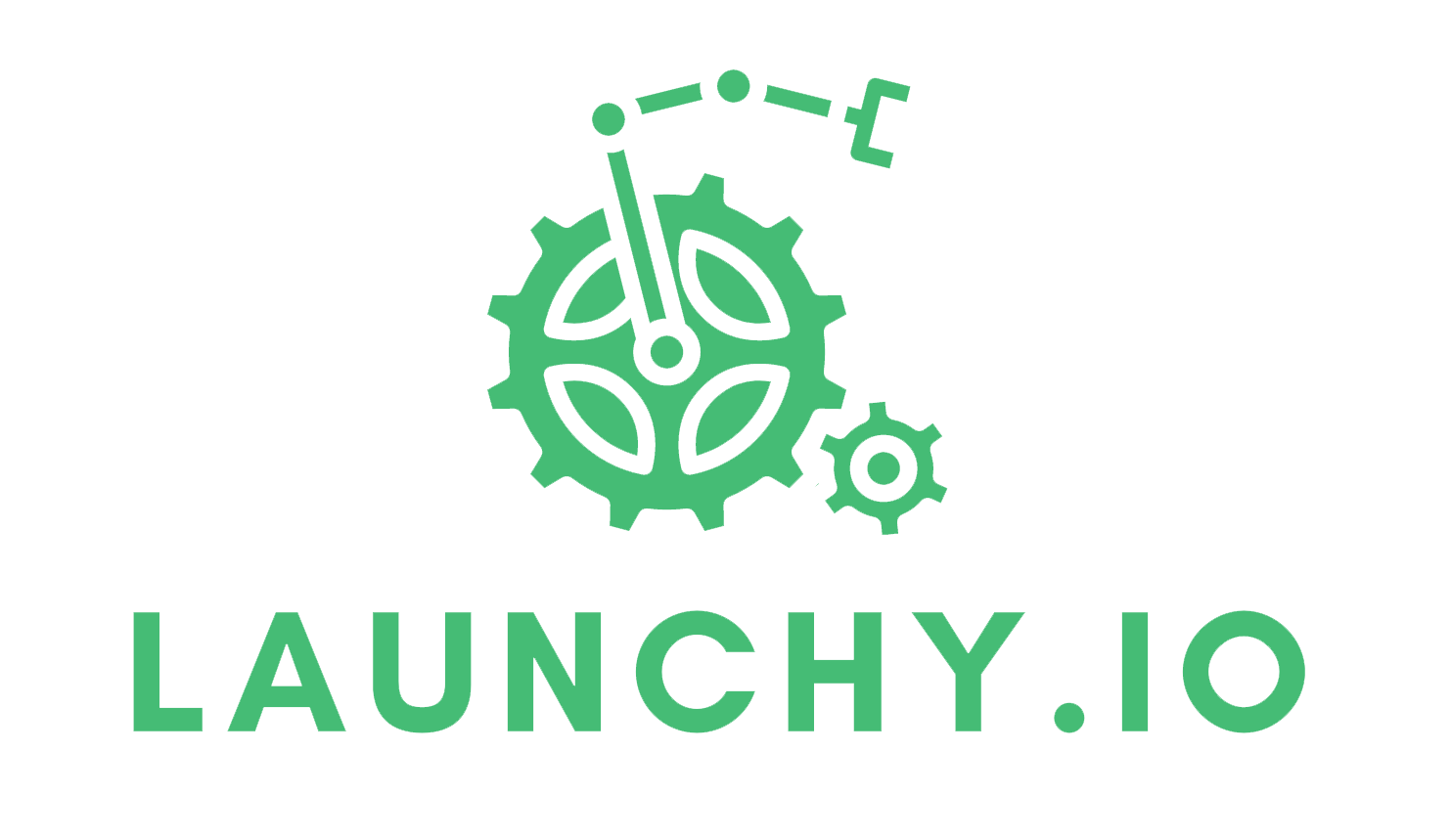The last decade marked some of the biggest technological advancements—from the digitalisation of business operations to the advent of eCommerce.
Alongside these advancements, the use of marketing automation for sales has become another new development, together with the synchronisation of the sales and marketing teams—dubbed smarketing.
Currently, 87% of sales and marketing leaders state that collaboration between sales and marketing enables critical business growth. This has spurred the development of several trends in the sector.
An increase in the use of behaviour analytics
It’s no secret that as innovations take over the world of sales, traditional methods are starting to take a back seat. According to studies, only 16% of modern marketers still believe in traditional survey-based customer experience measurement systems to address the root cause of their performance issues.
One of the trends that continues to replace traditional methods is behaviour analytics. This is apparent in some big-name companies like Amazon and Apple which use behaviour analytics in their sales processes.
Behaviour analytics focuses on the consumer and the consumer’s response and helps businesses attract more leads, assists businesses to retain customers, and provides businesses with better value by understanding the buying behaviour of their audience.
As hyper-personalisation becomes prevalent, real-time data from customer interactions and events are a reliable source to provide your customers with offers that would entice them.
Take, for example, Apple’s sales and marketing strategy. Apple leverages the data they collect at every stage of the consumer journey to uncover what drives its audience towards a purchase. The brand’s use of insights to provide its audience with products that meet their expectations has been a key strategy behind its increase in revenue and growth in customer satisfaction.
A bigger focus on funnel automation
A lead can enter a marketing funnel for multiple reasons, meaning that every potential customer is different and has unique interests. Your sales team needs a process that helps identify more about leads and guides them through the various stages of the funnel until they become clients.
Enter funnel automation. Marketing automation for sales can deliver optimised content for specific stages of a marketing funnel.
Your marketing team doesn’t need to spend hours drafting content manually and sending it to each client. Instead, you can set up triggers and rules so that actions take place automatically throughout the nurturing process.
Video marketing funnel is another rising trend in sales and marketing automation.
Due to its popularity and high conversion rate, video content is now considered an effective tool in the modern smarketing sector. Video content is twice as likely to be shared by the online population than articles or even still images. With 82% of the global internet traffic in 2022 coming from video streaming and downloads, it’s only natural that brands include optimised video content in their funnel.
A shift to first-party data
Over the last few decades, sales and marketing teams relied on third-party cookies to collect customer data for personalisation efforts. But this took a turn with Google’s efforts to start phasing out third-party cookies on Chrome in 2022.
This means that in 2022 and beyond, we can expect brands to use other data collection means like first-party data.
First-party data refers to the information provided by the customers and owned by the brand.
Fortunately for modern brands, first-party data is less expensive and produces good ROI, with studies proving that brands using first-party data for functions got up to 2.9 times an uptick in revenue and 1.5 times an increase in cost savings.
Novelty doesn’t always come without challenges, however. With the collection of first-party data, the challenge is to build your database while simultaneously ensuring your company is compliant with current data privacy regulations.
Luckily, marketing automation software can help you in this feat. With first-party data becoming the norm, brands are depending more on automation solutions that promise multi-layer security protocols, SSO logins, and security badges.
A turn towards account-based marketing
As COVID-19 hit and businesses adapted to the necessary changes, many brands switched from customer expansion programmes to customer retention programmes to maintain revenue. As a result, account-based marketing (ABM) became a popular strategy as marketing focused on maintaining high-value accounts—in other words, best-fit accounts—and turning them into customers.
Account-based marketing is by no means the most recent development in the industry, but the changes brought about by the pandemic and the resurgence of digital marketing made ABM more popular than ever before; 73% of marketers admit that COVID-19 affected their ABM strategy.
ABM allows brands to target and manage accounts that are worth their time, and guarantees the best ROI. Instead of managing and syncing accounts between several apps, you can centralise the account management of your best-fit accounts, which in turn streamlines your sales and marketing efforts as well.
Modern businesses need sophisticated tools for marketing automation for sales
As the marketing landscape evolves, modern businesses are constantly in need of innovative tools to get them through tough competition, meet the ever-rising demands of their audiences, and ensure sustainability.
By keeping up with the latest trends in sales and marketing automation, brands can predict the innovations they need to arm themselves with to be resistant to unpredictable fluctuations.
If you need more insight on sales and marketing automation trends and tools, don’t hesitate to schedule a free consultation with Launchy experts today!

